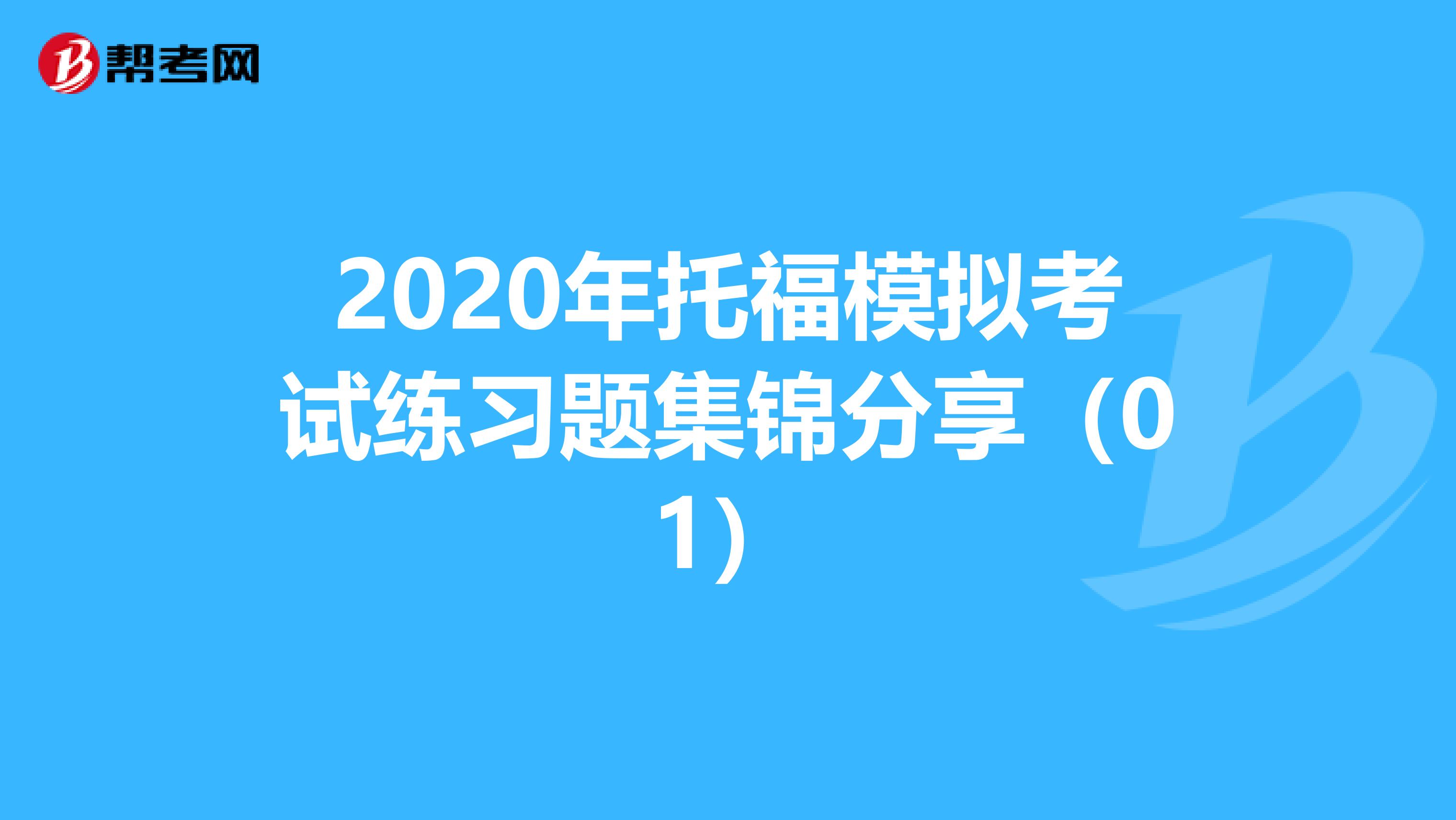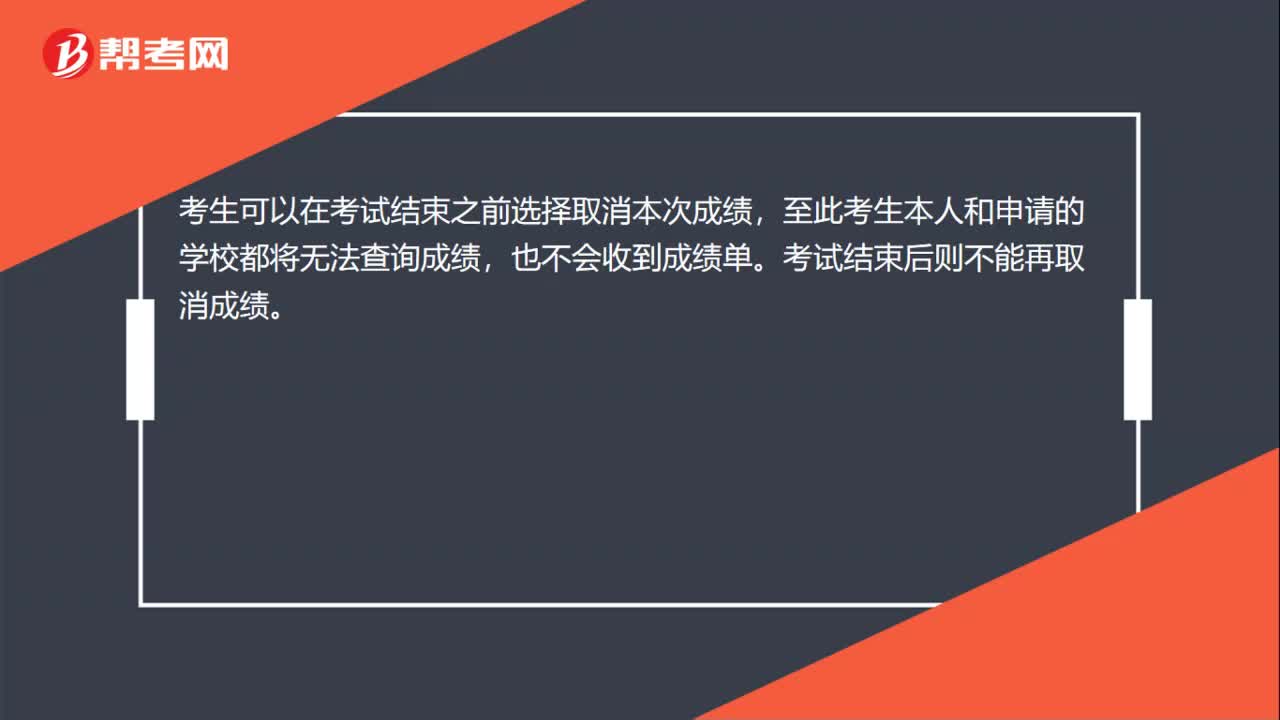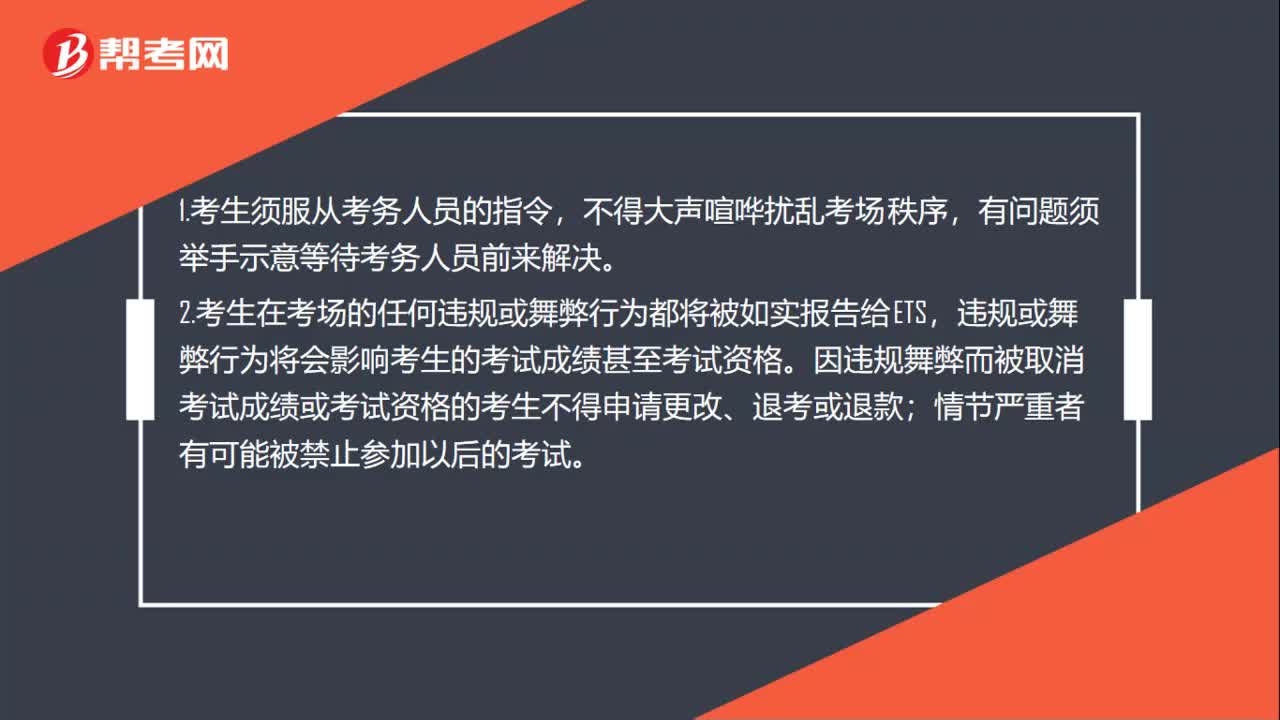
下载亿题库APP
联系电话:400-660-1360

下载亿题库APP
联系电话:400-660-1360

请谨慎保管和记忆你的密码,以免泄露和丢失

请谨慎保管和记忆你的密码,以免泄露和丢失

要想考好托福,必须对于自己不足有深刻的认识,才能针对性地进行学习,下面帮考网就跟大家一起学习一下托福阅读真题,希望可以帮到您。
As the twentieth century began, the importance of formal education in the United States increased. The frontier had mostly disappeared and by 1910 most Americans lived in towns and cities. Industrialization and the bureaucratization of economic life combined with a new emphasis upon credentials and expertise to make schooling increasingly important for economic and social mobility. Increasingly, too, schools were viewed as the most important means of integrating immigrants into American society.
The arrival of a great wave of southern and eastern European immigrants at the turn of the century coincided with and contributed to an enormous expansion of formal schooling. By 1920 schooling to age fourteen or beyond was compulsory in most states, and the school year was greatly lengthened. Kindergartens, vacation schools, extracurricular activities, and vocational education and counseling extended the influence of public schools over the lives of students, many of whom in the larger industrial cities were the children of immigrants. Classes for adult immigrants were sponsored by public schools, corporations, unions, churches, settlement houses, and other agencies. Reformers early in the twentieth century suggested that education programs should suit the needs of specific populations. Immigrant women were one such population. Schools tried to educate young women so they could occupy productive places in the urban industrial economy, and one place many educators considered appropriate for women was the home.
Although looking after the house and family was familiar to immigrant women, American education gave homemaking a new definition. In preindustrial economies, homemaking had meant the production as well as the consumption of goods, and it commonly included income-producing activities both inside and outside the home, in the highly industrialized early-twentieth-century United States, however, overproduction rather than scarcity was becoming a problem. Thus, the ideal American homemaker was viewed as a consumer rather than a producer. Schools trained women to be consumer homemakers cooking, shopping, decorating, and caring for children "efficiently" in their own homes, or if economic necessity demanded, as employees in the homes of others. Subsequent reforms have made these notions seem quite out-of-date.
1. It can be inferred from paragraph 1 that one important factor in the increasing importance of education in the United States was
(A) the growing number of schools in frontier communities
(B) an increase in the number of trained teachers
(C) the expanding economic problems of schools
(D) the increased urbanization of the entire country
2. The word "means" in line 6 is closest in meaning to
(A) advantages
(B) probability
(C) method
(D) qualifications
3. The phrase "coincided with" in line 8 is closest in meaning to
(A) was influenced by
(B) happened at the same time as
(C) began to grow rapidly
(D) ensured the success of
4. According to the passage , one important change in United States education by the 1920\'s was that
(A) most places required children to attend school
(B) the amount of time spent on formal education was limited
(C) new regulations were imposed on nontraditional education
(D) adults and children studied in the same classes
5. Vacation schools and extracurricular activities are mentioned in lines 10-11 to illustrate
(A) alternatives to formal education provided by public schools
(B) the importance of educational changes
(C) activities that competed to attract new immigrants to their programs.
(D) the increased impact of public schools on students.
6. According to the passage , early-twentieth century education reformers believed that
(A) different groups needed different kinds of education
(B) special programs should be set up in frontier communities to modernize them
(C) corporations and other organizations damaged educational progress
(D) more women should be involved in education and industry
7. The word "it" in line 22 refers to
(A) consumption
(B) production
(C) homemaking
(D) education
正确答案: DCBADAC
以上就是今天分享的全部内容了,各位小伙伴根据自己的情况进行查阅,希望本文对各位有所帮助,预祝各位取得满意的成绩,如需了解更多相关内容,请关注帮考网!
 22
22托福考试中能否取消考试成绩?:托福考试中能否取消考试成绩?考生可以在考试结束之前选择取消本次成绩,至此考生本人和申请的学校都将无法查询成绩,也不会收到成绩单。考试结束后则不能再取消成绩。
 32
32托福考试如何计分?:托福考试如何计分?托福考试的四个环节,分数由电脑自动生成和人工评分(经过专业培训的权威人士)两部分组成,确保分数的公平及准确性。只有托福考试采用这种多人评分机制,通过不记名方式,由多名接受过严格培训的考官予以评分,过程经过质量监控,达到高标准的公平性与客观性。
 43
43托福考试的考场规则是什么?:托福考试的考场规则是什么?1.考生须服从考务人员的指令,不得大声喧哗扰乱考场秩序,有问题须举手示意等待考务人员前来解决。2.考生在考场的任何违规或舞弊行为都将被如实报告给ETS,违规或舞弊行为将会影响考生的考试成绩甚至考试资格。因违规舞弊而被取消考试成绩或考试资格的考生不得申请更改、退考或退款;情节严重者有可能被禁止参加以后的考试。